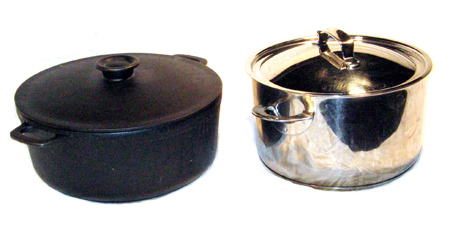
Staying warm: Cast iron vs. stainless steel
Cookware made from cast iron has a reputation for keeping food warm for a long time. Is that really true? Best way to find out is by an experiment. I decided to compare a cast iron pot with one of…

Cookware made from cast iron has a reputation for keeping food warm for a long time. Is that really true? Best way to find out is by an experiment. I decided to compare a cast iron pot with one of…
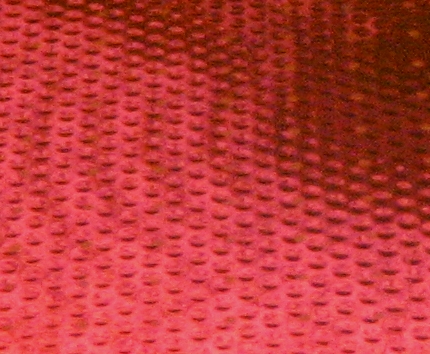
Get a basic understanding of heat transfer, heat capacity and heat conductance. Since a lot of cooking involves temperature manipulations, it’s a good idea to get a basic understandning of how heat is transferred and how well it is stored…
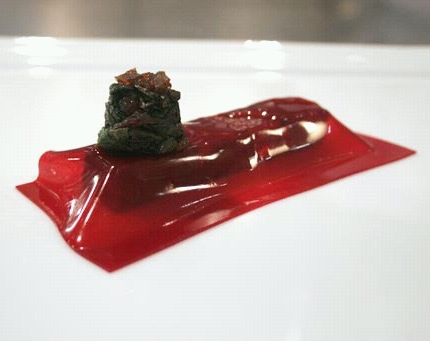
The red sheet (in the not yet finished dish) is made by heating Campari, beet root juice, salt and sugar, followed by addition of agar agar. The color and texture look marvelous! Chow has a nice picture-by-picture guide (featuring photos…
Dominique & Cindy Duby, chocolatiers based in Canada, have put together two “scientific chocolate tasting kits” (one, two). Some of the science behind is explained in their “tasting notes” (copy the text into a wordprocessor to read it). For a…
A group of Japanese researchers (J. Agri. Food Chem. 2007, 231) has recently shown that the ranking of Japanese green tea can be predicted by careful analysis of several compounds. In the resulting model used for the predictions it turned…

Some years ago, a group of researches studied the formation of lightstruck flavor in beer (Chem. Eur. J. 2001, 4554). They found that isohumulones, compounds contributing to the bitter taste of beer, decomposed when exposed to ultraviolet light. In a…
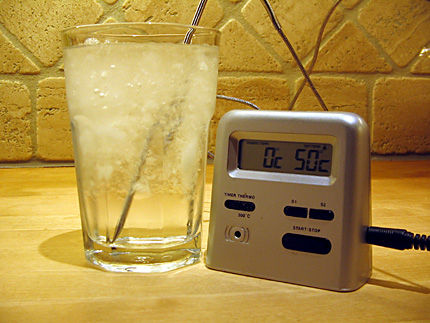
2. Know what temperature you’re cooking at. A dip probe thermometer with a digital read out is a cheap way to bring science into your kitchen. It should preferably cover the temperatures from -30 to 300 °C (-22 to 570…
1. Use good and fresh raw materials of the best quality available. No amount of cooking and preparation – be it traditional, modern or molecular – can fully disguise ingredients of poor quality. No one will probably disagree with this…
By beating air into an egg white you can increase it’s volume by a factor of approximately 8. Hervé This has shown that water is the limiting component. By adding more water you can significantly increase the volume. Addition of…
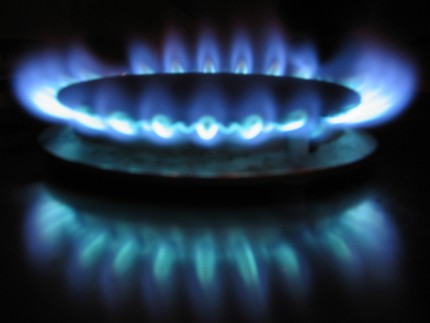
In a recent survey 72% of chefs say they may want to experiment with molecular gastronomy in 2007. That’s an impressive number and considering the attention molecular gastronomy gets in media I bet many home cooks would want to experiment…